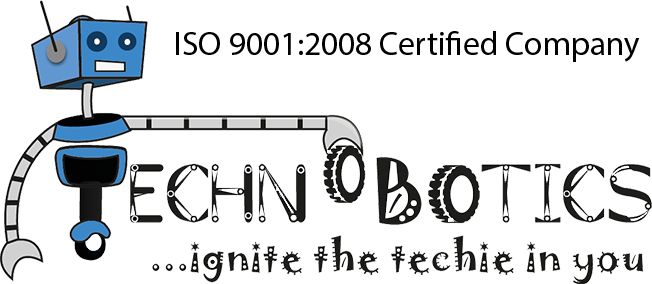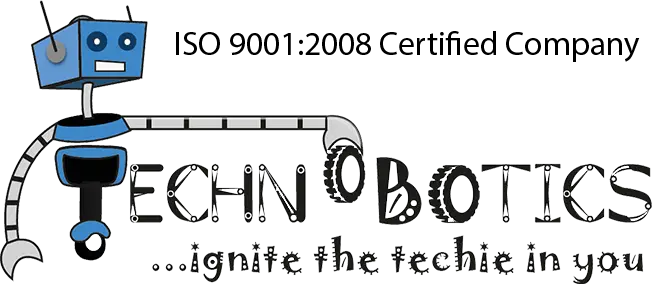Effective school robotics curriculum equips students with essential skills that go beyond just building robots. Robotics is a fascinating field that bridges science, engineering, and technology to create machines called robots that can mimic human actions. Encompassing a wide range of disciplines, it delves into the design, construction, operation, and application of these robots. At its core, robotics aims to develop machines that can assist humans in various tasks, ranging from simple and repetitive to complex and intricate ones. This field has revolutionized numerous industries, from manufacturing and assembly lines to healthcare and space exploration.
Features To Know About STEM Robotics Curriculum
Conclusion
- Core disciplines: Robotics thrives on the collaborative efforts of various fields, including mechanical engineering, electrical engineering, computer science, and artificial intelligence.
- Mechanical engineering: This discipline focuses on the physical structure and design of robots, ensuring their efficient movement and functionality.
- Electrical engineering: Electrical engineers play a crucial role in designing and developing the electrical components that power and control robots.
- Computer science: The realm of computer science is vital in programming robots, enabling them to perceive their surroundings, process information, and execute tasks accordingly.
- Artificial intelligence (AI): AI algorithms are increasingly incorporated into robotics, empowering robots with advanced decision-making capabilities and the ability to learn and adapt to their environments.
Stem Robotics curriculum comes in diverse forms, each suited for specific purposes. Industrial robots, for instance, are prevalent in manufacturing facilities, performing tasks with precision and tirelessly.
What Makes Robotics Curriculum Successful?
- Focus on Core Skills
Here are key elements that make a school robotics curriculum successful:
A strong school robotics curriculum emphasizes the development of critical thinking, problem-solving, computational thinking, and teamwork. Students learn to break down complex challenges, devise solutions, test and iterate on their designs, and collaborate effectively to achieve a common goal.
- Project-Based Learning
Engaging students in real-world projects ignites their interest and fosters a deeper understanding of the underlying concepts. Coding and robotics curriculum projects can encompass various challenges, from line following and obstacle avoidance to designing robots for specific tasks.
- Variety
Effective programs cater to students with varying learning styles and abilities. This can involve providing different levels of complexity within projects, incorporating multiple learning pathways, and offering opportunities for self-directed exploration.
Integration with STEM Curriculum
Robotics curriculum in schools provide a powerful platform to reinforce STEM concepts learned in the classroom. Students can apply their knowledge of mathematics, science, and engineering principles to design, build, and program robots.
- Teacher Training
Educators play a crucial role in facilitating a successful robotics curriculum in schools. Providing teachers with adequate training on the specific robotics platform, effective pedagogical approaches, and integrating robotics with existing curriculum is essential.
- Accessibility
Ensuring equitable access to robotics programs for students from diverse backgrounds is vital. This can involve providing financial aid, scholarships, or offering alternative learning opportunities.
- Assessment
Regular assessment helps monitor student progress and identify areas where further support is needed. This can involve evaluating students’ problem-solving skills, teamwork abilities, and understanding of the underlying STEM concepts.
- Competition Opportunities
Participating in stem robotics curriculum competitions allows students to showcase their skills, gain valuable experience in working under pressure, and learn from other teams.
Advantages of integrating Stem Robotics in School Curriculum
Integrating robotics into the school curriculum offers numerous advantages for students, fostering a love for STEM fields and equipping them with essential skills for the future workforce.
- Enhanced STEM Learning: Robotics inherently incorporates science, technology, engineering, and mathematics (STEM) principles. Students gain practical experience applying these concepts while building and programming robots, solidifying their understanding of these crucial subjects.
- Boosted Creativity and Problem-Solving: Robotics projects encourage creative thinking and problem-solving as students grapple with challenges and devise innovative solutions to make their robots function effectively. This fosters a growth mindset and teaches them to persevere through difficulties.
- Develops Teamwork and Collaboration: Robotics projects often involve teamwork, necessitating students to collaborate effectively, communicate clearly, and share responsibilities. This collaborative approach mirrors real-world scenarios and hones their teamwork abilities.
Prepares for Future Careers: As the world becomes increasingly reliant on automation and robotics, familiarity with these technologies is essential. Exposing students to robotics equips them with the foundation necessary to pursue future careers in related fields.
By incorporating these elements, schools can create a coding and robotics curriculum that fosters a love for learning, prepares students for the future workforce, and equips them with the skills necessary to thrive in a technology-driven world.


